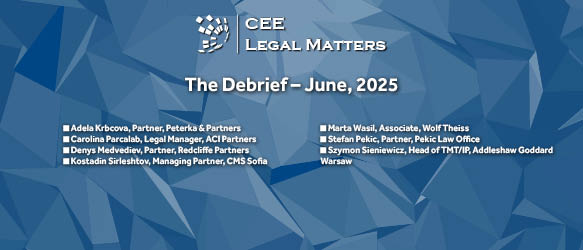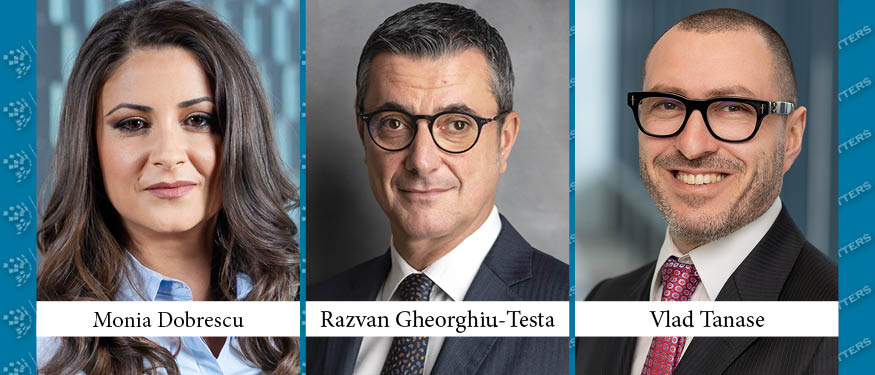A historic labor strike unfolded in 2023’s ever-evolving Hollywood scene, resembling a gripping drama. On May 2, the Writers Guild of America (WGA) took center stage, unanimously endorsing a strike. This was reminiscent of the industry-shifting 2007–2008 Hollywood strike, marking fifteen years since writers last voiced dissent.
This unfolding saga seized the entertainment industry’s attention. The second act began on July 14, 2023, when the Screen Actors Guild-American Federation of Television and Radio Artists (SAG-AFTRA) initiated a historic labor strike against the Alliance of Motion Picture and Television Producers (AMPTP). This marked the first time since the iconic 1980 strike when actors took a leading role in a high-stakes labor dispute.
The 2023 strikes weren’t mere cameos; they were headline acts. The WGA strike, spanning 148 days from May 2 to September 27, involved 11,500 screenwriters clashing with the AMPTP. Simultaneously, SAG-AFTRA’s record-breaking strike from July 14 to November 9 impacted 45,000 jobs. This dealt a staggering USD 6.5 billion economic blow to Southern California.
The Demands
Initially, the strikers’ demands were straightforward. SAG-AFTRA sought minimum increases to counter inflation, revenue sharing, per diem increments, upfront payment, better singer and dancer payment conditions, wage increases, and improved working conditions for background actors, pensions, health, and retirement. WGA demanded increased minimums, better working conditions (more employees and guaranteed minimum employees) in episodic television, minimum employment duration, and pension and health contributions.
These demands mirrored standard labor strike requirements. However, both SAG-AFTRA and WGA presented requests related to AI. SAG-AFTRA called for comprehensive provisions protecting human-created work, ensuring informed consent and fair compensation when AI significantly alters a performer’s voice, likeness, or performance. On the other hand, WGA aimed to regulate AI use on MBA-covered projects, prohibiting AI from writing or rewriting literary material or being used as source material and restricting the use of MBA-covered material to train AI.
The primary concern among writers was the potential use of AI by producers to create or complete scripts, potentially diminishing writers’ compensation. The WGA proposed that adaptations from language models be considered original screenplays, preventing AI material from being labeled as literary or source material. Studios would also be mandated to disclose when providing AI-generated content to writers.
The Outcome
It appears they’ve succeeded. As per Adam Conover, the updated terms prohibit studios from using AI to create or edit scripts by human writers. The contract explicitly bars categorizing AI-generated content as “source material,” which could reduce compensation and credit for screenwriters adapting it.
The new terms don’t explicitly forbid using AI tools for writing but set guidelines ensuring writers retain control over the technology, empowering them rather than subjecting them to AI control.
SAG-AFTRA also achieved its goals. Studios must secure an actor’s consent before creating a digital replica using their image. They also require compensation based on the digital model’s on-screen work. Consent from performers whose facial features contribute to a synthetic performer is also mandatory.
Beyond the AI-related demands, the strikers secured higher minimum salaries and revenue sharing from streaming services. The specifics of the terms remain undisclosed. However, it will be intriguing to observe the impact of these strikes on AI’s utilization across various industries.
By Milica Novakovic and Bojan Tutic, Associates, Gecic Law













